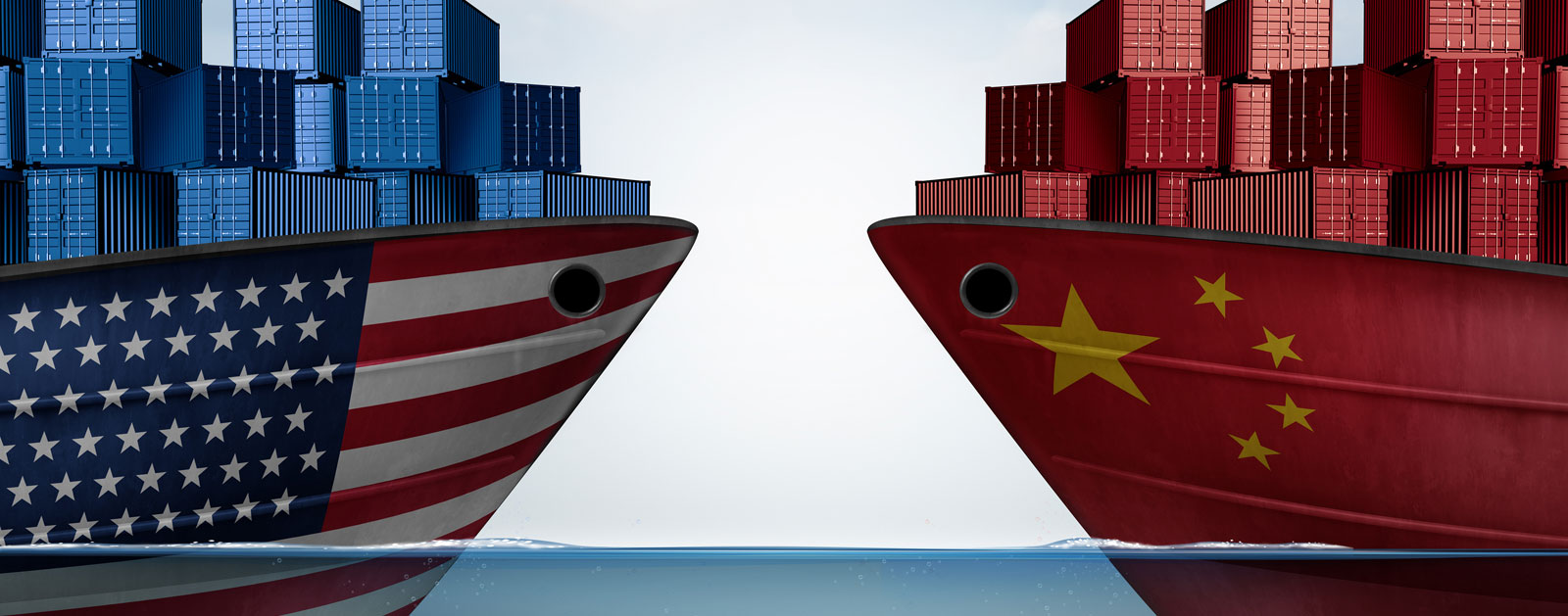
In part one of this article, we discussed the origins of the United States and China, and how their relationship began to emerge.
Many people might point to the United States as the ultimate example of a laissez-faire, free market, unfettered capitalist system. Some would also say that China embodies a controlled, top-down, socialist paradise. There are elements of truth to these notions, but in a larger conception there are far more similarities than differences between the U.S. and Chinese economic systems.
The United States government has embraced certain quasi-socialist principles since at least 1933, when the country, led by president Franklin D. Roosevelt, was driven by desperation to create monetary redistribution policies and social safety nets. Since that time, support programs have proliferated, causing more than a few moneyed interests to pine for the good old days of 60-hour work weeks and nonexistent regulations.
The latent power of the Chinese economy, a sleeping giant so long anticipated and feared, began to rouse.
…
Comments
Absorbing Read with Great Incite
Mike Richman has given us a great perspective on the "how's" and "why's" of our World ecomomy today. The real contributors to our current economic situation have endured so many contrary opinions that it is refreshing to see a writer sum it up so succintly. A very engrossing read.
Many thanks!
Add new comment